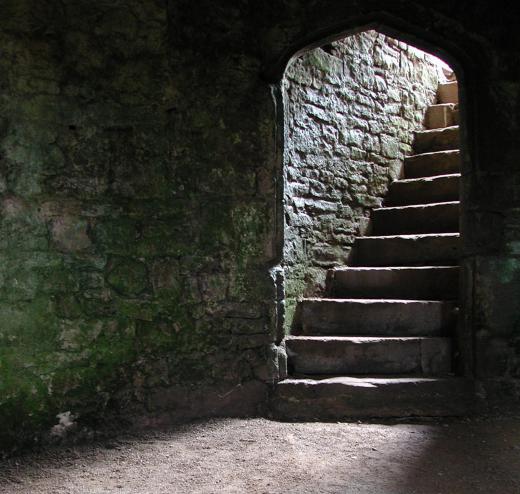What is Radon?
 Mary Elizabeth
Mary Elizabeth
Radon is a metallic element with the atomic number 86 and the symbol Rn. On the periodic table of elements, it is found in Group 18 and in Period 6 to the right of astatine. Radon is one of the Noble gases, also called the inert gases, along with helium, neon, argon, krypton, and xenon. Its name comes from a variation on another element, radium.
Radon, at one time called thoron, is highly radioactive, with a short half-life. It has twenty known isotopes, only three of which occur in nature, and various isotopes were discovered by different scientists. Although Ernest Rutherford discovered Radon-220, the discovery of radon-222 by Friedrich Ernst Dorn in Halle, Germany in 1900 is counted by some as its official discovery. Dorn called it radium emanation, and that name, as well as the symbol Em, are occasionally used.

Radon has a limited number of uses. It is, for example, used as a neutron source and has a role in predicting earthquakes. But radon’s main use is in radiotherapy treatment for cancer. This is ironic, because radon is the second leading cause of lung cancer, as well as causing lung tissue damage that can progress to pulmonary fibrosis and emphysema.

How are people exposed to radon? Found in the Earth’s crust worldwide, and specifically in all fifty of the United States, radon seeps into buildings, particularly those built on granite. The entrance pathways include through the water supply, through openings surrounding sump pumps and drains, through gaps and cracks in the foundation, floors, and walls, and through construction joints, among others. Developments in construction techniques help to keep radon out of newly built homes, and are easier and cheaper to employ than the alternative of mitigating radon after it’s entered a home.

Estimates say that almost 1 in 15 homes in the United States have higher radon levels than the Environmental Protection Agency recommends. Unfortunately, regional and local tests, even on neighboring houses, do not reveal a building’s risk, but on the other hand, radon tests for buildings are cheap and simple, and the Environmental Protection Agency recommends that everyone conduct such a test or have it conducted.

Short-term and long-term tests are available, with short-term testing lasting 2–90 days, and long-term testing taking longer than that. Tests can be done by the homeowner or a qualified tester can be hired. The Environmental Protection Agency maintains a list of qualified testers.
AS FEATURED ON:
AS FEATURED ON:














Discussion Comments
I had a doctor friend tell me that radon and lung cancer can be very closely related. Not many people realize it is one of the biggest contributors to lung cancer.
She told me that one of her previous patients had never smoked, and got lung cancer from radon exposure in her home. This makes the thought of going to a little bit of effort and expense to get my home tested seems like a pretty good idea.
The first time I ever thought about doing a radon test in my home was after a recent visit to my doctor. I went to my doctor for a regular osteopathic manipulation treatment.
Even though I had a cold, she was concerned with the fact that I couldn't breathe very well. First she asked me if I had a recent chest x-ray. The next thing she asked me is if we had ever tested for radon in our home.
She sent me for a chest x-ray that day which turned out to be OK. I haven't pursued the radon testing yet. I know it doesn't cost much if I buy a kit and do the test myself. It would cost quite a bit more if I hired someone to come in and do it.
Either way, it would be probably be worth the peace of mind knowing there weren't any problems.
Post your comments